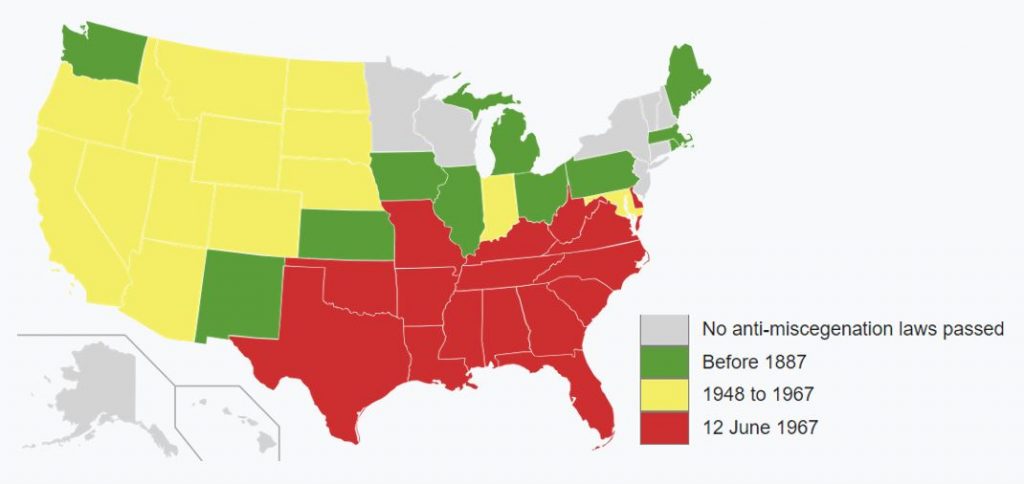The U.S. Government and Families
- Familial Constraints: Exploring Historical and Contemporary Limitations on Family Structures.
- Legislative Impact: How Laws Shape and Regulate Family Dynamics.
- Social Institutions and Family: The Role of Governmental Bodies, Administrative Rules, and Judicial Decisions in Defining Family Composition.
- Legal Precedent: Loving v. Virginia and the Decriminalization of Interracial Marriage.
- Legal Boundaries: The Criminalization of Same-Sex Marriages and its Implications on Family Rights.
- Government Influence: Examining State Influence on Marriage, Divorce, Parenting Rights, and Kinship Structures.
Legislation and families
One of the most, if not the most, powerful social institutions in the U.S. is the government. It is important to note that in the United States, the federal government has three branches: the Congress, the Executive (President), and the Judicial or Court System. In addition, the Constitution recognizes the rights and responsibilities of state governments; counties and cities have governing structures as well. All of these structures legislate in ways that affect families, some directly and some indirectly. The United States is considered to be a Common Law country, meaning that laws are derived in three ways: legislation created by governing bodies; administrative rules and regulations; and decisions via judicial courts.
Family Composition
Most family law (including marriage, divorce, and adoption) is governed by the states. When there is a great deal of advocacy, unrest, inequality, and/or controversy, family-related matters rise to the federal level. Here are two relatively recent examples:

- In 1958, Mildred Loving, a woman of color, and her White husband, Richard Loving, were sentenced to a year of prison for marrying each other, breaking Virginia’s “Racial Integrity Act of 1924.” The Lovings appealed their conviction in Virginia and eventually to the U.S. Supreme Court, which ruled in 1967 that all laws banning interracial marriage were violations of the Fourteenth Amendment of the Constitution. That made it illegal for individual states to restrict interracial marriage.
- More recently, the ruling in Loving v. Virginia has been utilized to argue that laws banning same-sex marriages were also unconstitutional. Between 2012 and 2014, plaintiffs from multiple states filed in state courts to overturn state laws that criminalized same-sex marriages. While several district courts found these laws to be unconstitutional, one district court ruled in favor of the constitutionality of these laws. With the split between courts, the case rose to the level of the U.S. Supreme Court, which ruled in 2015 that all states must perform and recognize marriages between same-sex couples (see: Obergefell v. Hodges).
 Figure 1.19. Dates of repeal of US anti-miscegenation laws by state.
Figure 1.19. Dates of repeal of US anti-miscegenation laws by state.
Of note is that while the 1967 decision to legalize interracial marriage was unanimous, the 2015 decision to legalize same-sex marriage was closely contested among the Court members and passed by a narrow 5-4 margin. How would you interpret the differentiated results of these decisions? It appears that there is still disagreement amongst the most powerful in this country about whether the language in the Fourteenth Amendment applies to marriage, gay and lesbian people, or neither. The Amendment states in part:
No state shall make or enforce any law which shall abridge the privileges or immunities of citizens of the United States; nor shall any state deprive any person of life, liberty, or property, without due process of law; nor deny to any person within its jurisdiction the equal protection of the laws.
From Loving v. Virginia (1967) and Obergefell v. Hodges (2015), we can derive some understanding that governments influence whom we marry, how we divorce, and the legal relationships, rights, benefits, and taxes related to parenting, kinship structures, and children. Critically we must note that the government places value on socially constructed differences such as race, ethnicity, and sexuality in ways that impact individual and family choice.
1. What historical and contemporary factors have influenced limitations on family structures, and how do these constraints impact individuals and communities?
2. How do laws and legislation shape and regulate various aspects of family dynamics, such as marriage, divorce, and parenting rights?
3. What roles do governmental bodies, administrative rules, and judicial decisions play in defining family composition, and how do they reflect societal norms and values?
4. How did the legal precedent set by Loving v. Virginia contribute to the decriminalization of interracial marriage, and what were the broader implications for family rights and equality?
5. What are the consequences of the criminalization of same-sex marriages on family rights and legal recognition, and how have societal attitudes and laws evolved on this issue?
6. In what ways does government influence impact marriage, divorce, parenting rights, and kinship structures, and what are the implications for individuals and families navigating these legal frameworks?
Licenses and Attributions
The U.S. Government and Families by Elizabeth B. Pearce is licensed under a Creative Commons Attribution 4.0 International License, except where otherwise noted. Some original content was not used in this chapter.
Figure 1.18. “Robert De Niro and Grace Hightower at the Vanity Fair party for the 2012 Tribeca Film Festival” by David Shankbone. License: CC BY 3.0.
Figure 1.19. “Dates of repeal of US anti-miscegenation laws by state” by Certes. License: CC BY 3.0. Modification: moved key closer to image.
Social institutions are mechanisms or patterns of social order focused on meeting social needs, such as government, economy, education, family, healthcare, and religion.
